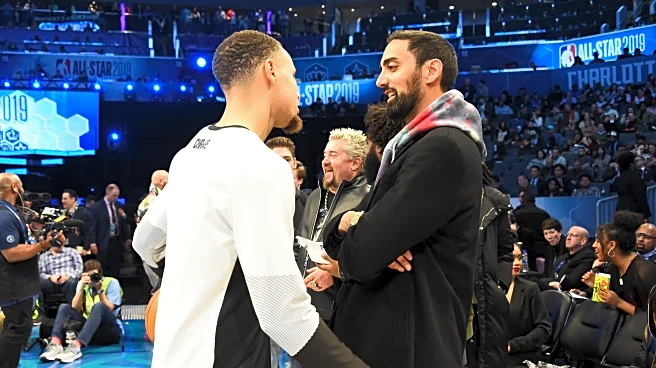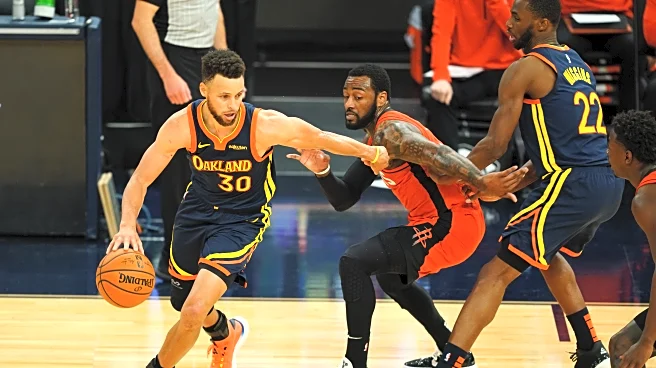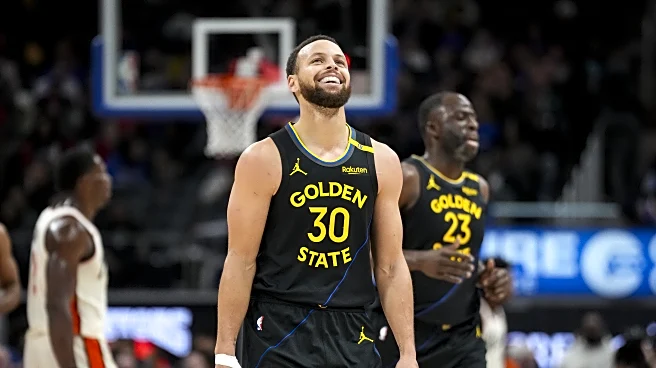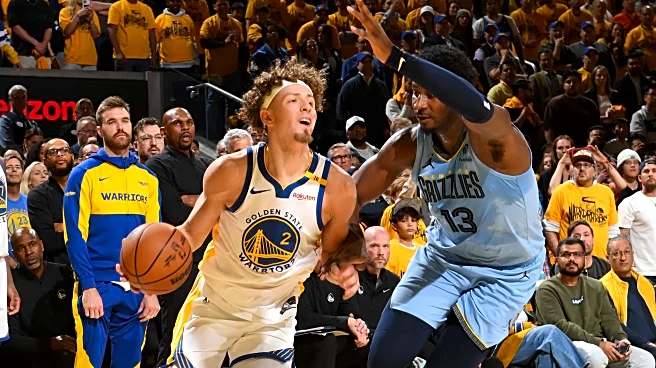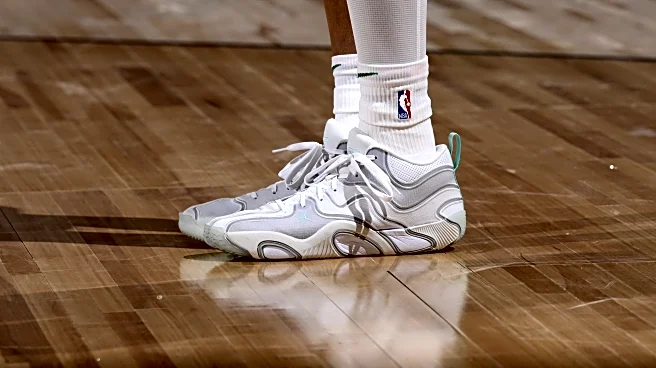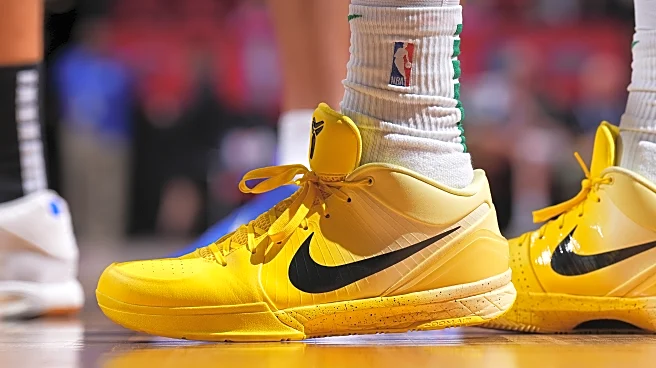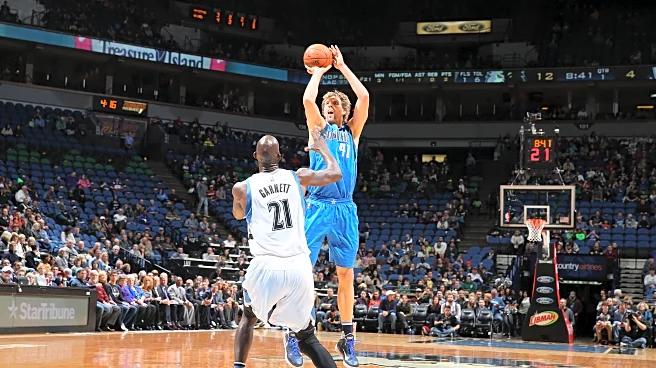
Time to grab a Capri Sun and download the latest version of NBA 2k26 Dub Nation. Y’all already know I’m a legendary OG gamer from the streets of Oakland, but I’m not gonna lie playing with Steph Curry the last decade and a half has made virtual hoops waaaay more fun.
This season Curry is rated 94 overall this season in NBA 2K26, a rating which is sixth best overall and tied with LeBron James, Jayson Tatum, and Victor Wembanyama.
Ah, now I’m feeling rather nostalgic. In NBA 2K10, rookie Stephen Curry
entered the digital world with a humble 69 overall. That’s the rating scouts reserve for “interesting, but check back in two years.” His three-point shot was rated an 81, which was solid, but nothing earth-shattering.
Fast-forward six years to NBA 2K16, and everything had changed. Curry didn’t just improve folks, he ruined the game. As Ronnie2K admitted, “Steph Curry broke the game. All of a sudden, we’re getting a guy shooting from 35 feet and making it.” He wasn’t just dominating in 2K. He was doing video game things in real life, and developers had no choice but to reprogram reality to keep up.
The 2015–16 season was more than a unanimous MVP run. It was when basketball turned into a simulation. Curry averaged 30.1 a night on absurd 50/45/90 splits, becoming the first player ever to combine that efficiency with that volume. But the numbers can’t capture the true sorcery. He was pulling up from 35 feet in transition like it was NBA Street. He was drilling off-balance shots while falling out of bounds, turning away mid-release because he already knew it was good. Ronnie2K summed up the existential crisis this created: “Points per shot are higher from 35 feet than from 2 feet. How do you build a video game around that?” The answer was simple: you don’t. The game builds itself around Stephen Curry.
To handle this reality-bending performance, NBA 2K had to literally code him differently. Entirely new badges—Limitless Range, Deep Threes, Range Extender—were created to explain his shot profile. Developers programmed his lightning-quick release, his step-backs, his shimmies, even his casual 40-foot heaves. They were forced to balance authenticity against playability, because how do you keep a game fair when one man is a living, breathing cheat code?
By NBA 2K23, Curry had ascended to digital divinity with a 99 three-point rating! Eleven points higher than the next-best shooter. That’s not a gap; that’s a canyon. Playing as Curry in modern 2K feels like activating infinite money in Grand Theft Auto. Open looks are automatic. Contested shots are probable. Full-court heaves feel just plausible enough to attempt. The game mechanics bend around him, because reality already did.
And that’s the bigger picture. Curry’s digital dominance wasn’t just about a high rating. It was a reflection of how thoroughly he shattered basketball philosophy itself. He turned “bad shots” into the best shots. He made contested threes smarter than post-ups. He made 30-foot attempts more efficient than midrange jumpers. The video game simply followed his lead: if Curry had become basketball’s cheat code, then he naturally became NBA 2K’s cheat code too.
Many other players have had more than Curry: size, dunking theatrics, athleticism. Curry had something else: the future. He carried a vision of basketball that only existed in video games, until he dragged it into real life.
Now, when you fire up NBA 2K, you’re not just playing as Steph. You’re stepping inside the paradox he created: reality bending into simulation, simulation bending back into reality. The skinny kid from Davidson didn’t just step out of the shadows of players before him. He became the light itself, so bright that even pixels couldn’t contain him. Curry changed the game, then he broke the video game. And in breaking it, he proved a wild truth: sometimes the only way to capture magic is to rebuild reality around it.
